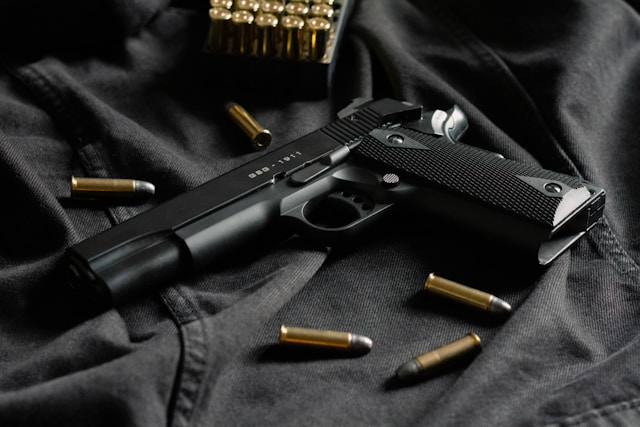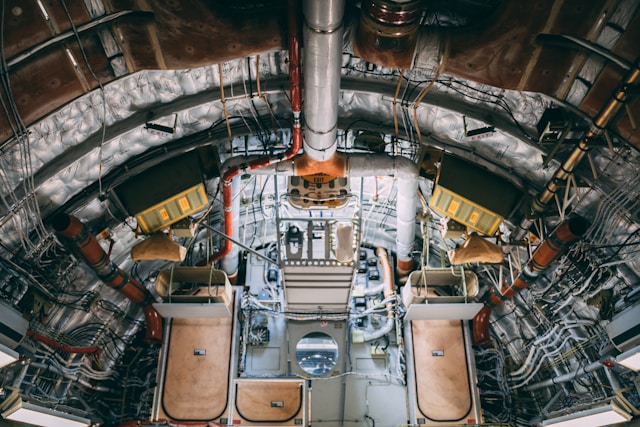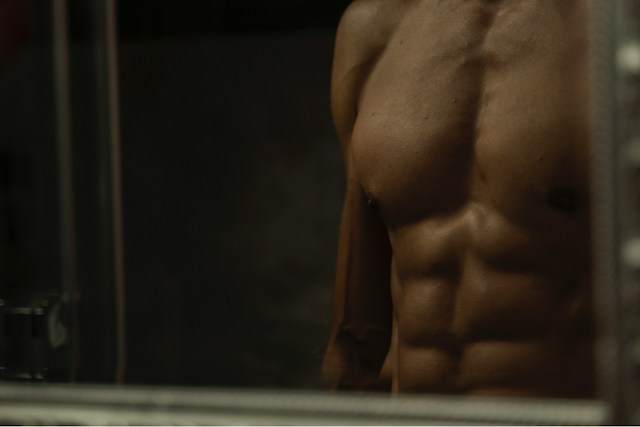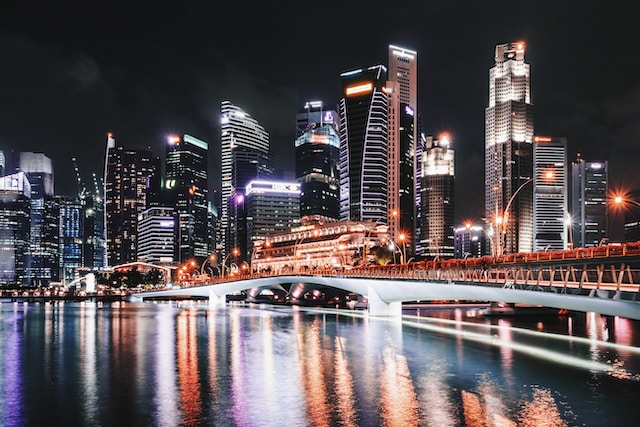Table of Contents:
- Key Takeaways
- Introduction
- Efficient Use of Space
- Enhanced Equipment Longevity
- Improved Safety and Accessibility
- Maintenance and Hygiene
Key Takeaways:
- Wall caddies maximize stable space and keep gear within easy reach.
- They promote the longevity of horse jump gear through proper organization.
- Improved safety and accessibility benefit both horse and rider.
- Proper gear storage through wall caddies aids in maintaining hygiene.
Introduction
An impeccably organized tack room is the hallmark of a well-maintained stable, reflecting both the riders’ dedication to their craft and the value placed on their cherished equine partners. Amid this quest for orderliness, a specialized wall caddy has revolutionized gear storage, making the cluttered piles of yesteryear an antiquated memory. With their sleek design and robust construction, these wall-mounted organizational systems streamline storage and manifest an admirable blend of form and function befitting the equestrian lifestyle.
Efficient Use of Space
The spatial dynamics of a stable are often dictated by a myriad of considerations, from the number of horses housed to the variety of equipment needed. Such scenarios make wall caddies indispensable, as they exploit vertical space that would otherwise remain unused. Ingeniously designed to hold boots, bits, and bridle pieces, these storage wonders recapture square footage, granting stable hands and riders more room to maneuver. The strategic placement of each wall caddy transforms previously untapped wall segments into prime organizational real estate, enabling the seamless orchestration of daily equestrian activities.
Enhanced Equipment Longevity
In the hands of an equestrian, gear is more than just a set of tools; it is a collection of trusty companions that play an integral role in the dynamic dance between horse and rider. The proper care of these items is essential, and wall caddies fulfill this need splendidly. Wall caddies distinctly reduce wear and tear by suspending equipment above the harmful reach of ground moisture and vermin. Ensuring that each saddle, stirrup, and rein has its secure spot, caddies prevent unnecessary strain and scratches, becoming silent guardians of the equipment’s condition and serviceability.
Improved Safety and Accessibility
A stable environment is best characterized by its dynamic blend of tranquility and activity, a balance that demands meticulous attention to safety. A well-positioned wall caddy helps uphold this harmony by eradicating the need for piles of equipment on the floor, mitigating the risk of tripping accidents. The logic of its design extends to the realm of accessibility — gear hung at eye level means that riders can easily spot and reach their essentials without the hassle of digging through a disarrayed heap, thereby sparing additional time for the more joyful aspects of their equestrian pursuits.
Maintenance and Hygiene
Immaculate horse care is inherently tied to the cleanliness of the gear employed. In this respect, wall caddies serve not just as storage aids but as facilitators of impeccable sanitary conditions. They permit air to circulate freely around helmets, gloves, and pads, deterring the onslaught of mold and mildew. This storage aspect is particularly critical in climates prone to dampness, as underscored by leading equestrian authorities. Additionally, a wall caddy’s ease of maintenance ensures gear remains pristine and ready for the rider’s next adventure.
With the rigorous demands of equestrian sports, the utility of a comprehensive storage solution cannot be overstated. Recognizing this, platforms have highlighted the profound effects efficient storage can have on the horse’s overall well-being and the rider’s effectiveness. Thus, installing a wall caddy transcends mere tidiness — it is an investment in the longevity of the sport’s cherished tools and the safety of its valued protagonists.
In the end, whether for a professional stable or a private barn, the wall caddy is an asset that epitomizes smart storage, placing necessary gear in arm’s reach while promoting a clean, uncluttered atmosphere. Its benefits are clear: preserved gear quality, increased safety, simplified maintenance, and best use of space. Embracing this innovation means embracing a more organized, effective, and ultimately safer equestrian environment.









